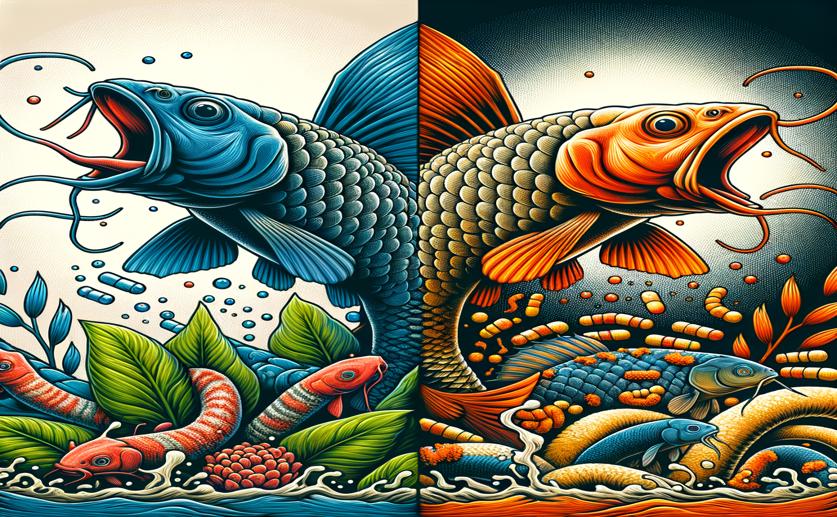
Gut Bacteria in Catfish and Carp: Healthy vs. Sick
Jim Crocker
16th March, 2024

Image Source: Natural Science News, 2024
Key Findings
- Study examined gut microbes in young and older striped pangasius catfish and catla during health and disease
- Younger catfish had more Proteobacteria; older ones had more Firmicutes and Bacteroides
- Findings may help develop new ways to protect fish from diseases in aquaculture
References
Main Study
1) Comparative analysis of gut microbiome in Pangasionodon hypopthalmus and Labeo catla during health and disease.
Published 14th March, 2024
https://doi.org/10.1007/s10123-024-00494-x
Related Studies
2) Fish Probiotics: Cell Surface Properties of Fish Intestinal Lactobacilli and Escherichia coli.
3) Akkermansia muciniphila as a Next-Generation Probiotic in Modulating Human Metabolic Homeostasis and Disease Progression: A Role Mediated by Gut-Liver-Brain Axes?
4) Dysbiosis of fish gut microbiota is associated with helminths parasitism rather than exposure to PAHs at environmentally relevant concentrations.



 11th March, 2024 | Jim Crocker
11th March, 2024 | Jim Crocker